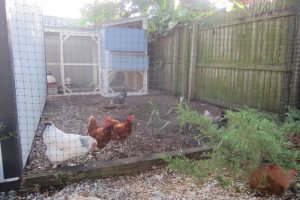Last Updated on September 26, 2023 by teamobn
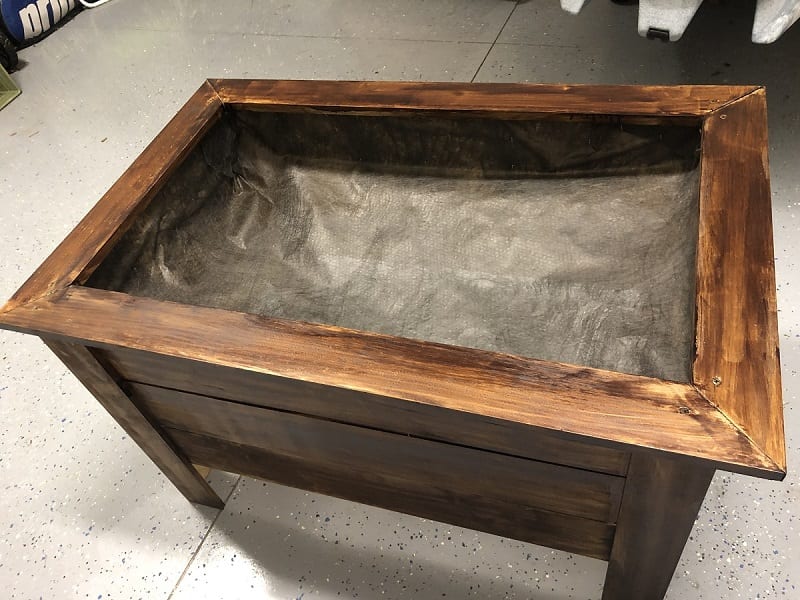
There’s something to be said about being able to move your herb garden around to catch the best sun throughout the growing season.
We here at OBN are big fans of raised-bed gardening. We love starting fresh and easy with top-quality soil instead of constant testing, amending, re-testing, and re-amending.
There’s something to be said about being able to move your herb garden around to catch the best sun throughout the growing season. Then there is also the fact that it’s much easier to keep raised beds weed-and-pest free.
We love the aesthetics of raised-bed gardens, too. The charming wooden rows appeal to that part of us that simply relishes shaping order out of chaos.
Building Your Raised Herb Garden
Once you’ve decided to garden on raised beds, you’ll need to choose what kind of materials to use. Then, of course, you’ll have to build your raised bed.
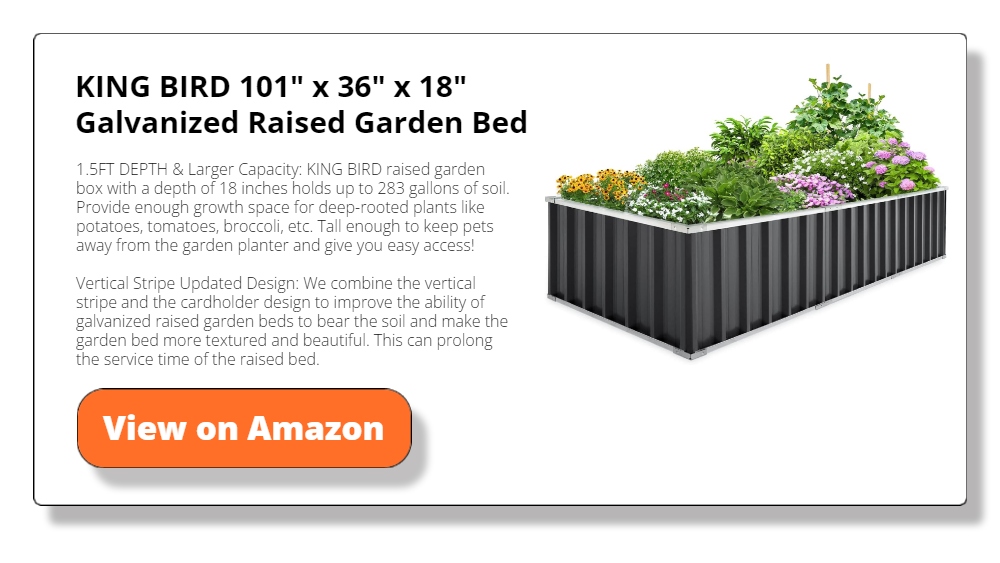
This herb garden project brings together an easy DIY raised herb garden that won’t break the bank. If you already have some basic woodworking tools in your shed, this simple DIY build should cost you no more than US $150.
Materials and Tools
- (6) 6″x2’x3/4″ wood
- (6) 6″x3’x3/4″ wood
- (8) 4″x2’x3/4″ wood legs
- Wood for the upper ledge
- Clamp
- Spacer
- Wood glue
- Wood pre-stain
- Wood stain
- Coarse thread 1.25″ screws
- Kreg jig
- Impact wrench or driver
- Landscaping fabric
- Staple gun
How to Build a Simple Raised Herb Garden
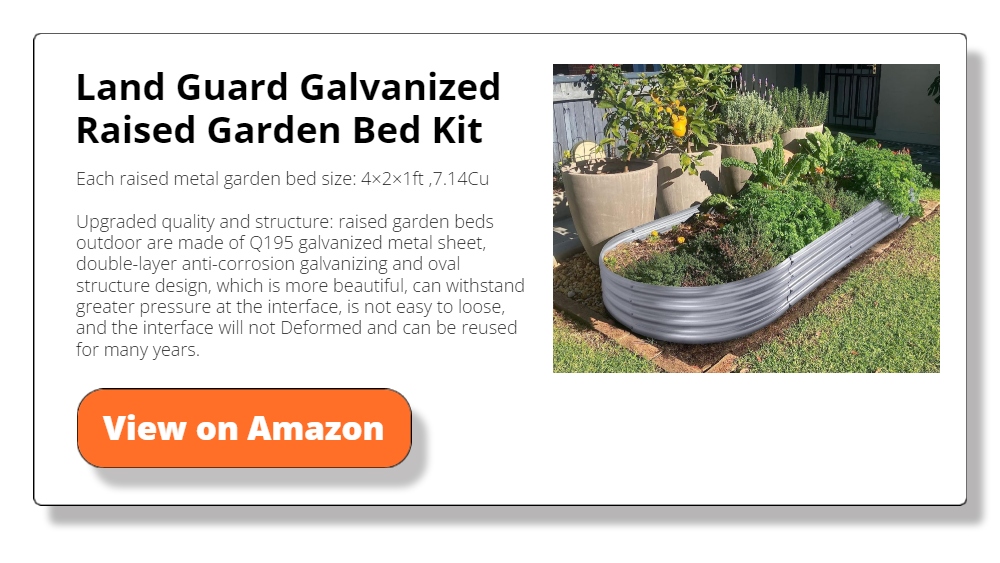
Step 1. Sand all the pieces of wood. Begin with the medium-grit sandpaper (#120). Work your way to a final sanding with the fine-grit sandpaper (#220). Be sure you sand in the direction of the wood grain to avoid leaving unsightly scratches.
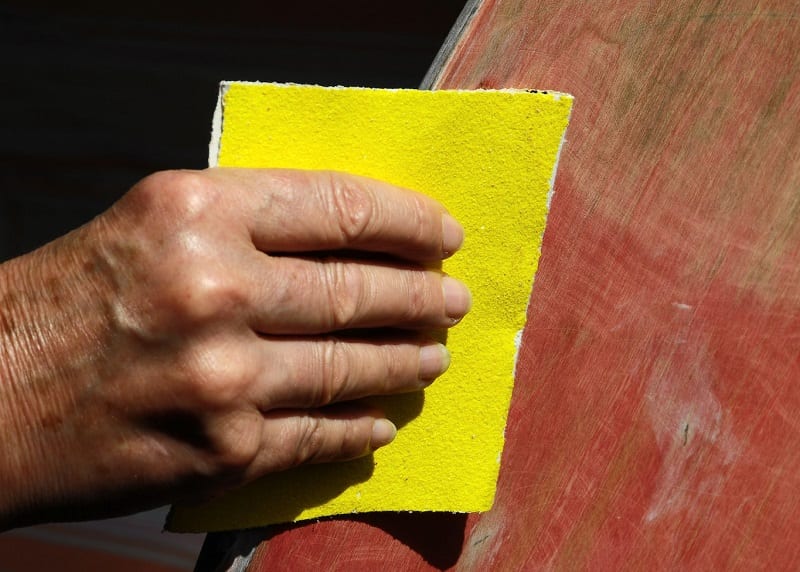
Step 2. Using the Kreg jig, create 3 evenly spaced pocket holes in 4 legs. Then add a thin bead of wood glue down the thick edge of one leg directly in front of the pre-drilled holes.
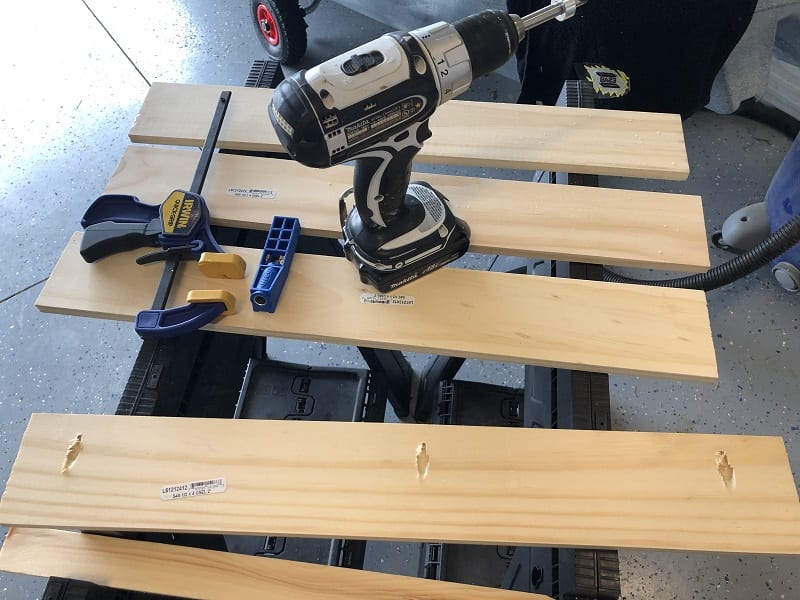
Holding the leg into place, drill screws through the pocket holes into the opposing leg to form an L-shaped joint. Assemble four jointed legs in this manner.
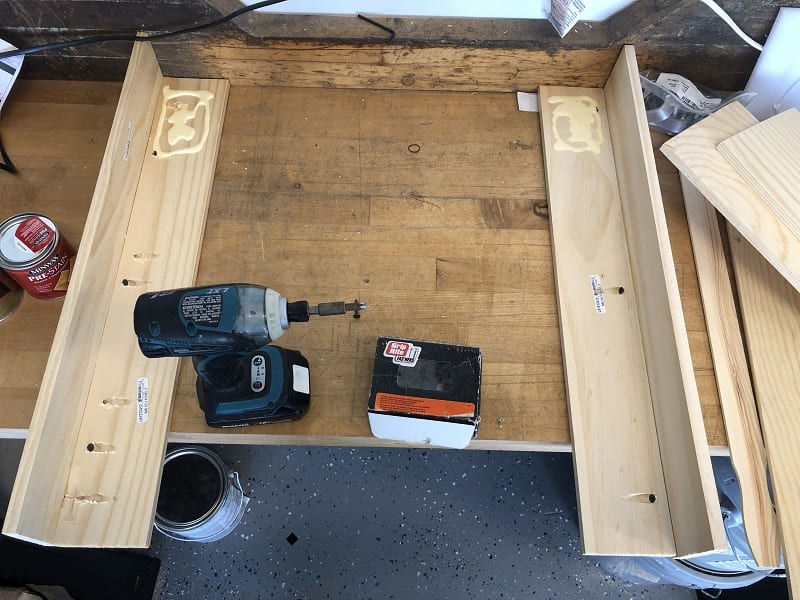
Step 3. Now you can connect the legs. Apply wood glue across the upper 5″ of the leg and set one of the 2′ sections in place. Use the 1.25″ screws to attach the legs to the cross member.
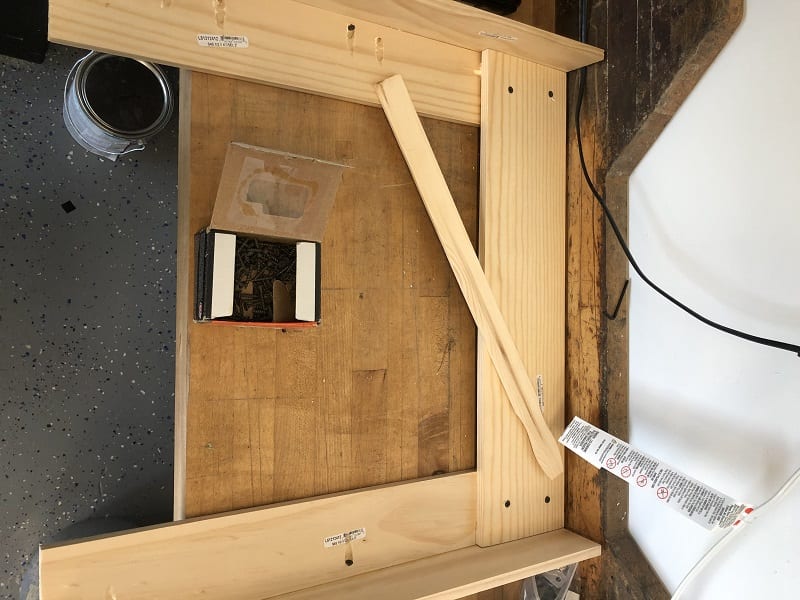
Before adding the next cross member, place a spacer at the bottom of the previous cross member. Align the cross member against the spacer and secure the legs with screws. Repeat the process and then do the same for the opposite side panel.
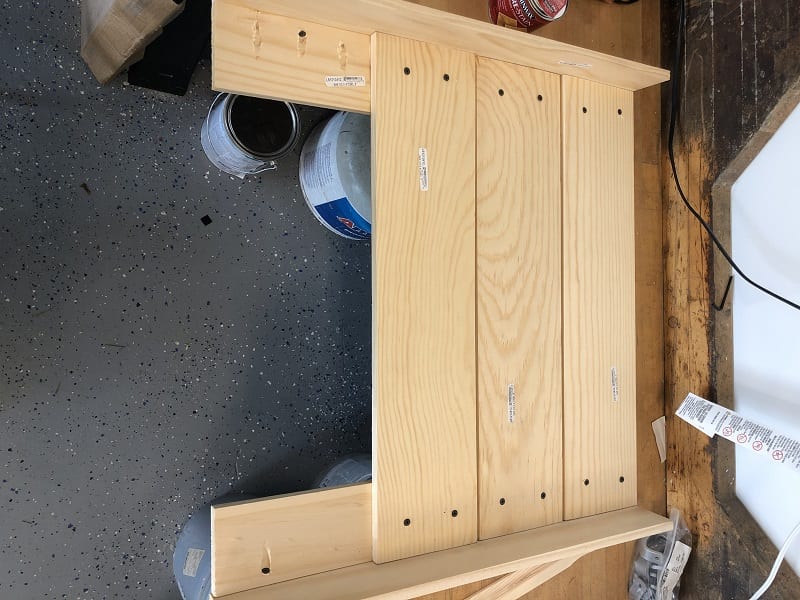
Step 4. Lay the 2 side panels on their sides and add wood glue to the top section. Secure with screws. Before adding the next cross member, place another spacer at the bottom of the last cross member. Align the next cross member against the spacer and fasten to the legs with screws. Repeat for the remaining cross members and the opposite panel.
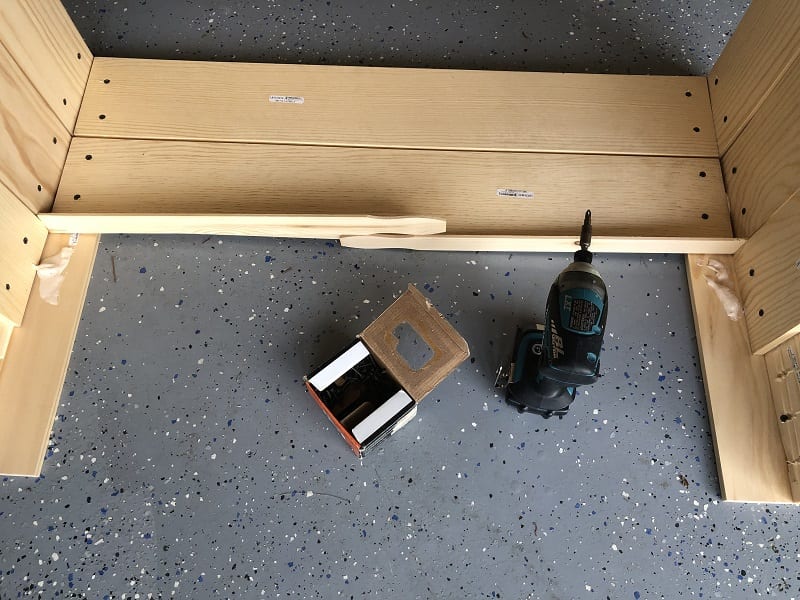
Step 5. This step assembles the ledges on top of the box. Measure and cut 4″x3/4″ wood panels for the ledges. You can either cut at a 45 deg angle or butt ends together along the top edge of the herb garden box. Secure the top edge using screws.
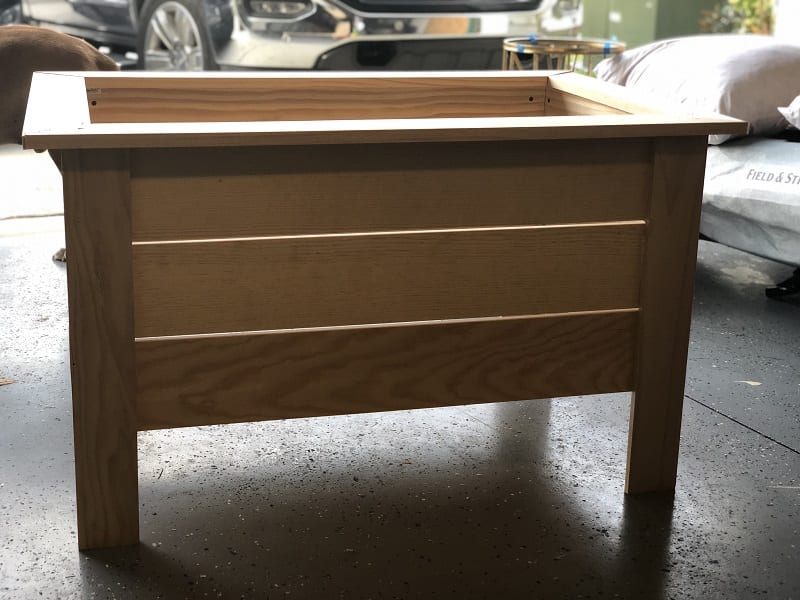
Step 6. Use a brush or cloth to apply a liberal coat of the pre-stain conditioner to all surfaces of the project. Again, work in the same direction as the wood grain. Allow the conditioner to penetrate the wood for 5 to 15 minutes, and then wipe off any excess.
Following instructions on the can, you’ll likely need to apply the stain within two hours of the application of the conditioner. Apply a liberal amount of stain.
For consistent colour, use careful timing. Never allow any stain to dry on the wood surface. This will prevent the clear finish from adhering and cause other issues. Stains are formulated to dry in the wood, not on.
Once the stain dries, apply the polyurethane protective finish.
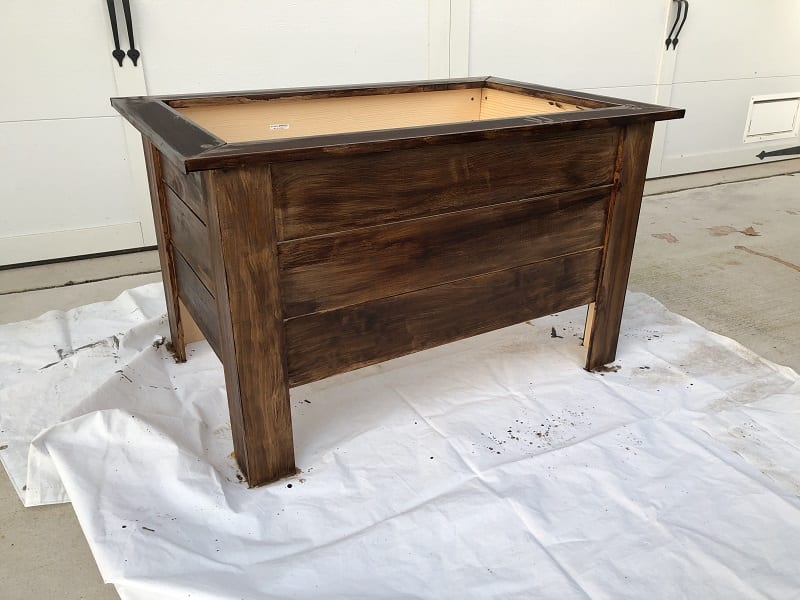
Step 7. You can work on the raised bed’s inner fabric lining once the wood is completely dry. Using a staple gun, secure the edge of the landscape fabric just under the inner top edge of the box. Then, punch additional staples about 4″ to 6″ down inside the garden box.
Pull fabric straight across the box at an even height and fasten it onto the wood, making sure you staple it under the top edges and inside the garden box.
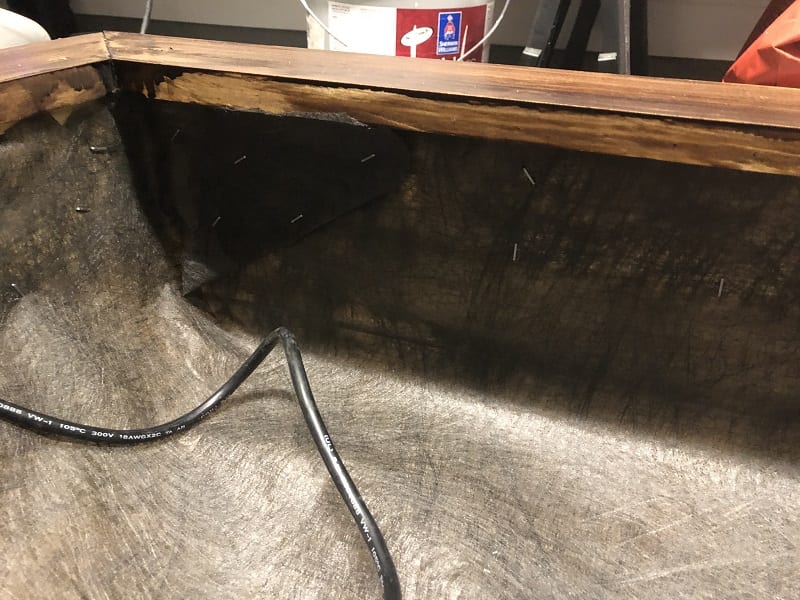
Step 8. You’re done. Situate the raised bed in a sunny area, fill it with potting soil, and plant your herbs.
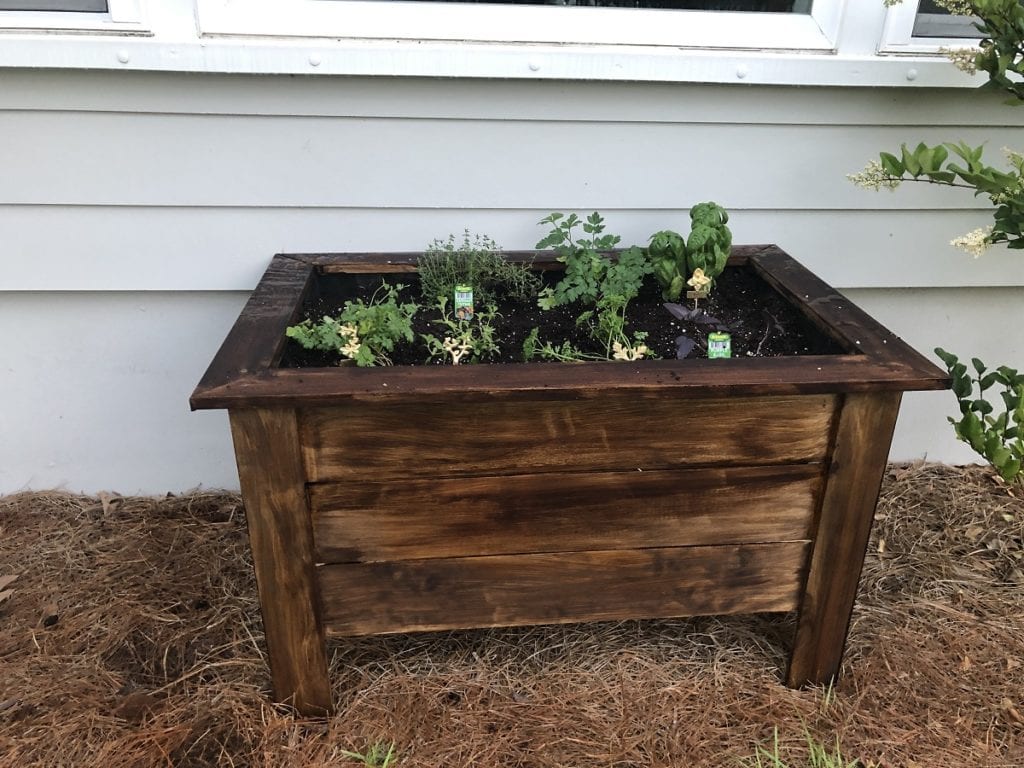
We thank JonM19 for this wonderful DIY project.




